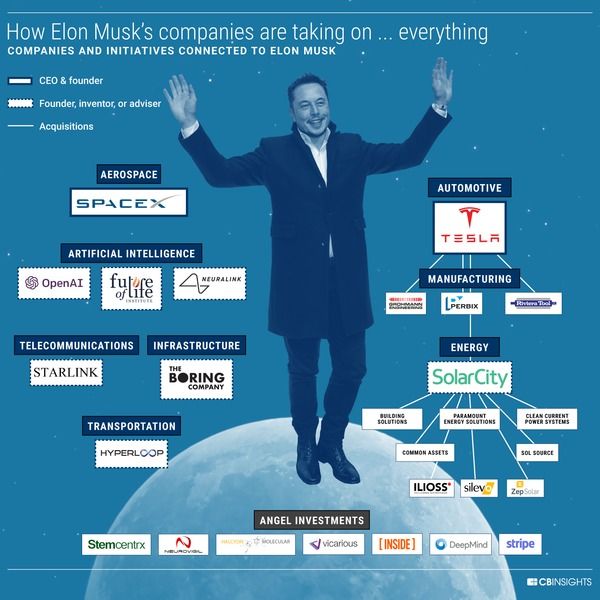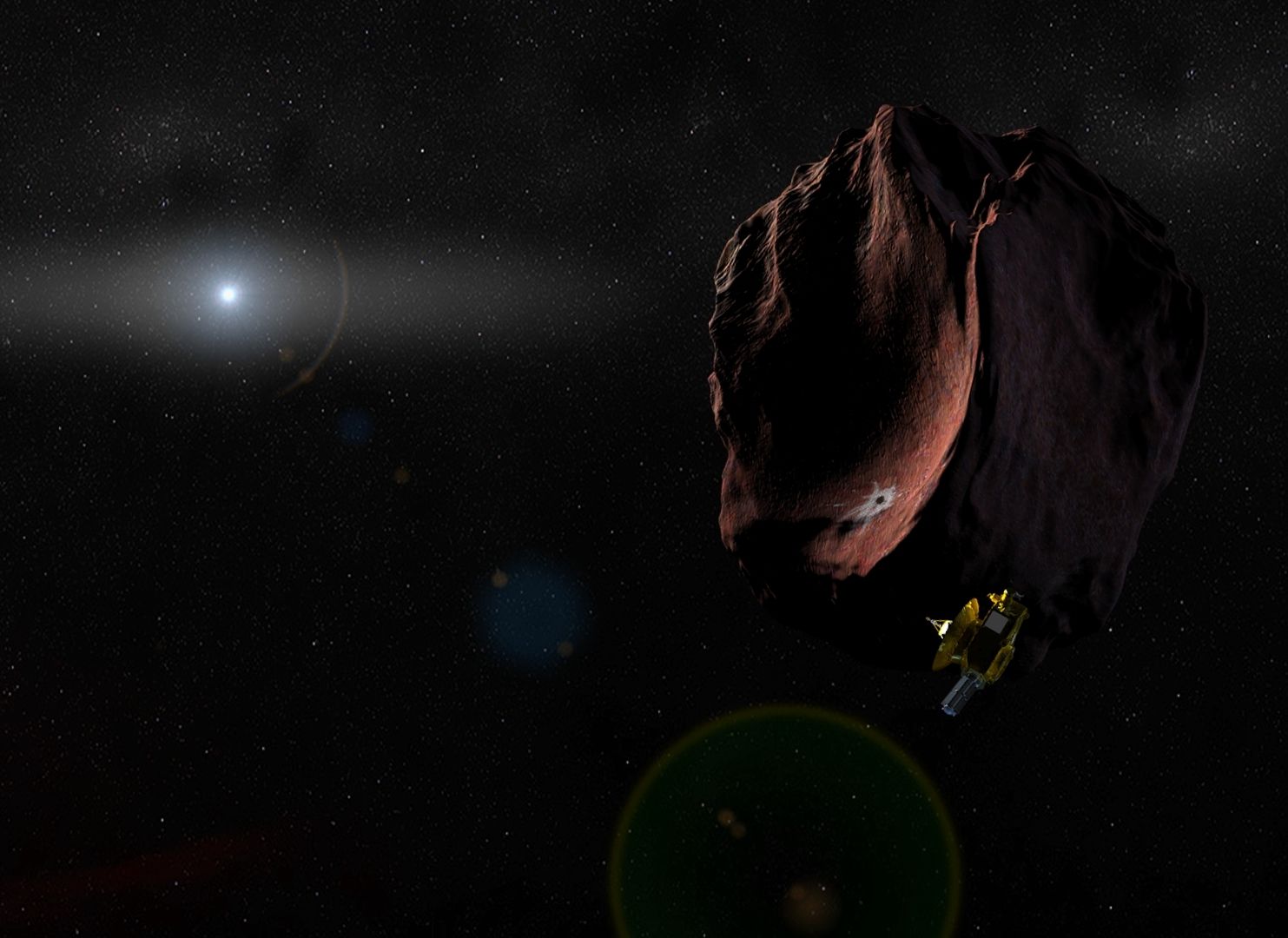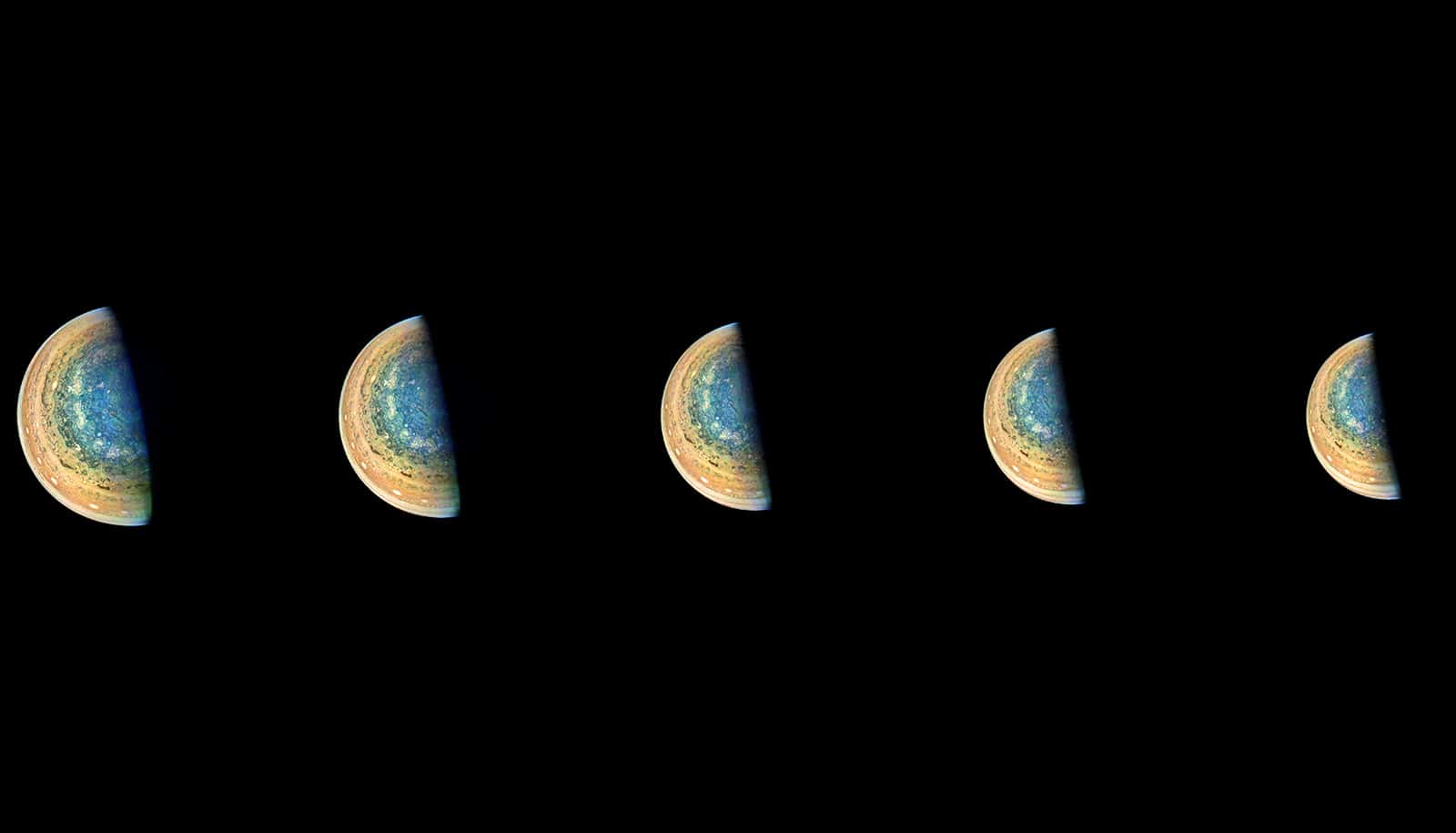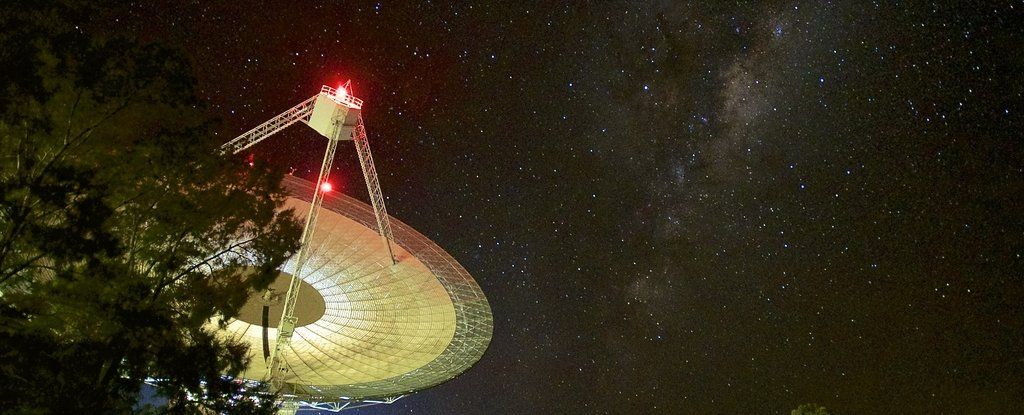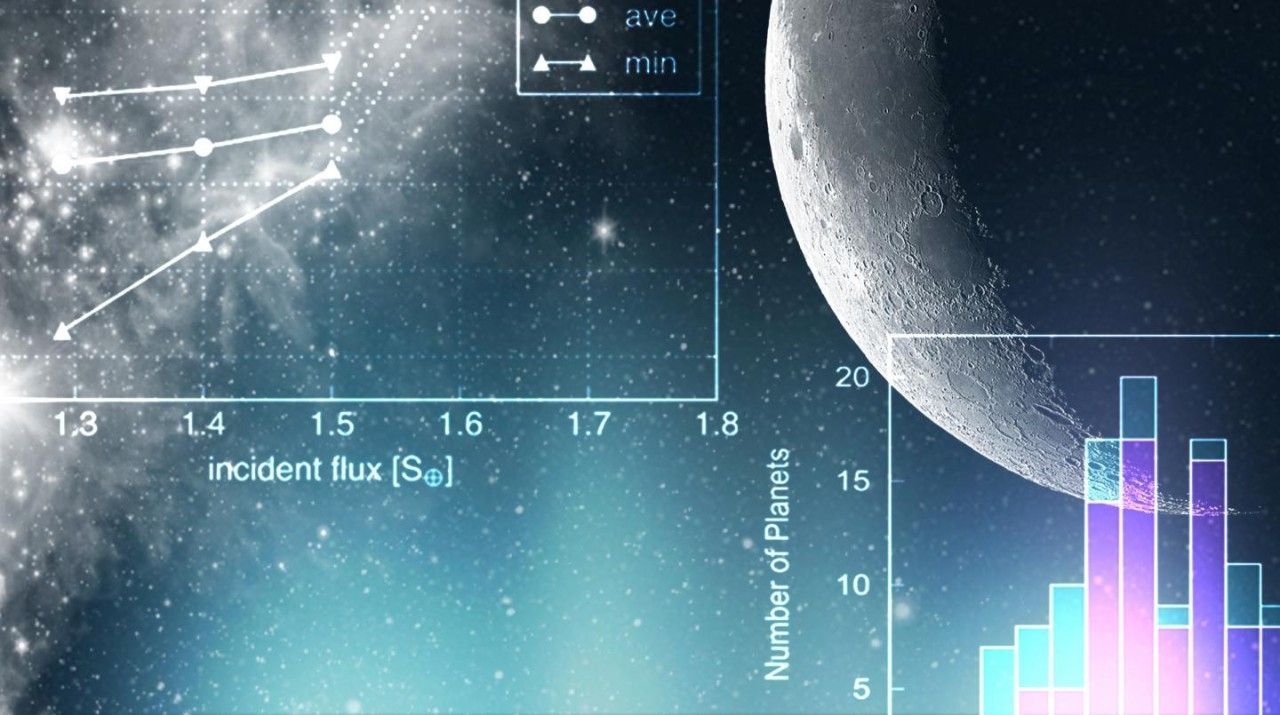Mar 17, 2018
8 colossal industries Elon Musk plans to turn upside down [Infographic]
Posted by Klaus Baldauf in categories: Elon Musk, space
In this modern day David and Goliath battle (multiplied by eight), one man is trying to take down a bevy of behemoth industries. CB Insights reports,” Elon Musk thinks and acts on a larger, more cosmic scale than we’re accustomed to… His main projects take on almost every major industry and global problem conceivable, and imagine a disruptive fundamental rewiring of that space or sector.”
Above: The companies and initiatives connected to Elon Musk (Source: CB Insights)
So which sectors are on Musk’s hit list? CB Insights looks at: “8 different industries where Musk and his companies operate to understand how they have begun to change,” transform, and mold them into Musk’s futuristic vision. Digital Journal provides a top-line recap highlighting the scope and breadth of what Elon Musk is attempting…
Continue reading “8 colossal industries Elon Musk plans to turn upside down [Infographic]” »
